2.1 Fish as Raw Material
2.2 Deterioration of
Fish Quality
2.3
The Importance of Containers in Fish Handling
2.4 Definition
2.4.1 Fish baskets
2.4.2 Fish boxes
2.4.3 Fish containers
2.5 General Requirements for Fish Containers
A large proportion of the world population is dependent on fish as a source of animal protein. The flesh of fish contains many nutrients which enable consumers to avoid malnutrition.
Table 1 The nutrients in fish per 100 g edible material
Type of fish |
Water |
Protein |
Carbohydrate |
Fat |
Energy |
Lean fish |
78 |
18 |
- |
0.3 |
7.5 |
Fat fish |
58 |
20 |
3 |
14 |
205 |
It should be realized however that fish is a hunted resource and is subject to physical damage during catching and handling, biochemical deterioration due to enzyme action, and bacterial spoilage. The three key factors in maintenance of fish quality are:
Control of these three factors will enable the industry to avoid wastage of time, effort and money and, in the wider context, will ensure that maximum use is made of this natural resource to offer fresh food of high quality to the public.
As previously noted. fresh fish is a highly perishable raw material that will deteriorate rapidly if it is poorly handled. Rough treatment such as trampling underfoot, thrawing, or crushing during stewage will cause rapid visible deterioration. This will result in bruising and squashing of the flesh and splitting of the guts which contaminates the meat with the gut contents including digestive enzymes that attack the muscle structure and bacteria.
The following table shows the effect of temperature of shelf life on fish. It shows the time taken for freshly caught fish to become unfit for any use when stored at various temperatures.
Table 2 Shelf life and temperature
Temperature |
Shelf Life |
-1°C |
20 days |
0°C |
15 days |
+6°C |
6 days |
+12°C |
3 days |
+18°C |
11/2 days |
+24°C |
1/2 day |
The effect of temperature can be exacerbated by contamination such as exposure to dirty water and ice, dirty containers and surfaces in fish holds, wharves or factory floors and tables.
In general fish is one of the safest of proteinaceous foods and only causes food poisoning when it becomes contaminated by contact with sail vermin and man. Effective measures should be taken to avoid such contamination.
Containers of various types, sizes and of different materials are used all over the world to hold fish both on board vessels, in processing, during transport and under general storage. Poor handling and lack of suitable containers leads to as much as 20-30% spoilage in many countries.
Containers are used to perform the following functions:
In the whole system of correct fish handling the container is only one factor in the process. Knowledge of handling, necessary regulations/laws and the specific behaviour of fish meat under various conditions are also important points to consider.
Various packing materials and containers have their limitations. It is therefore important to choose the right container system at the right time and to use it in accordance with laid down objectives.
In conclusion there is a great variation in the size, design and construction of containers used in various parts of the world. The materials used depend on the type of fishing, size of vessel, type of road transport, degree of organization of the industry, value of the catch, and sometimes local traditions.
In this report it is felt necessary to define a difference between fish baskets, boxes and containers.
Originally a container of plaited or woven material. Most often made of cane or some other strong plant fibre. This type is still commonly in use in most developing countries. In the industrialized fishing nations the traditional plant fibre has been replaced by plastic. It has been common to make the fish basket in sizes ranging from units which could take around 10 kg up to those able to take 100 kg.
The basket has gradually been losing ground to the fish box due to its unsuitable shape for storage (in fish holds, cold stores, etc.) and for mechanized handling, by fork lifts and similar systems.
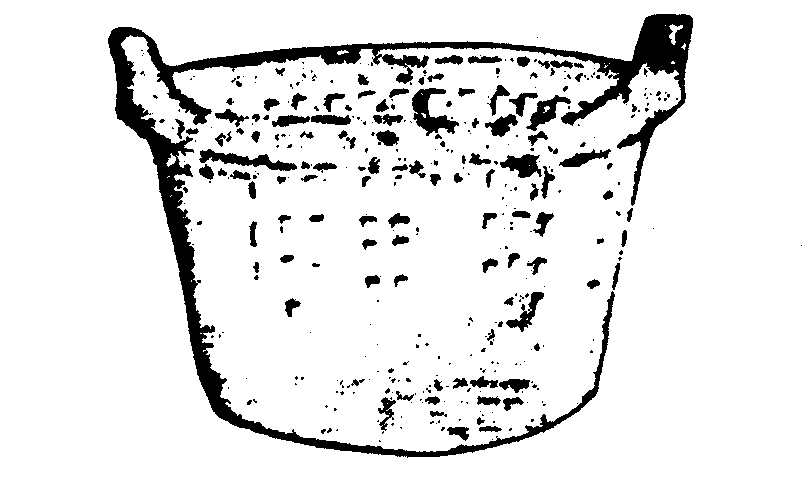
Figure 1 Plastic basket
Generally these are uninstalled containers with a capacity from 10 litres to around 100 litres. Each unit is designed to enable handling by 1 or 2 persons.
The fish box has its application on board fishing vessels, in warehousing, processing, transport and at the fish market.
The 3 main areas for use of boxes are as follows:
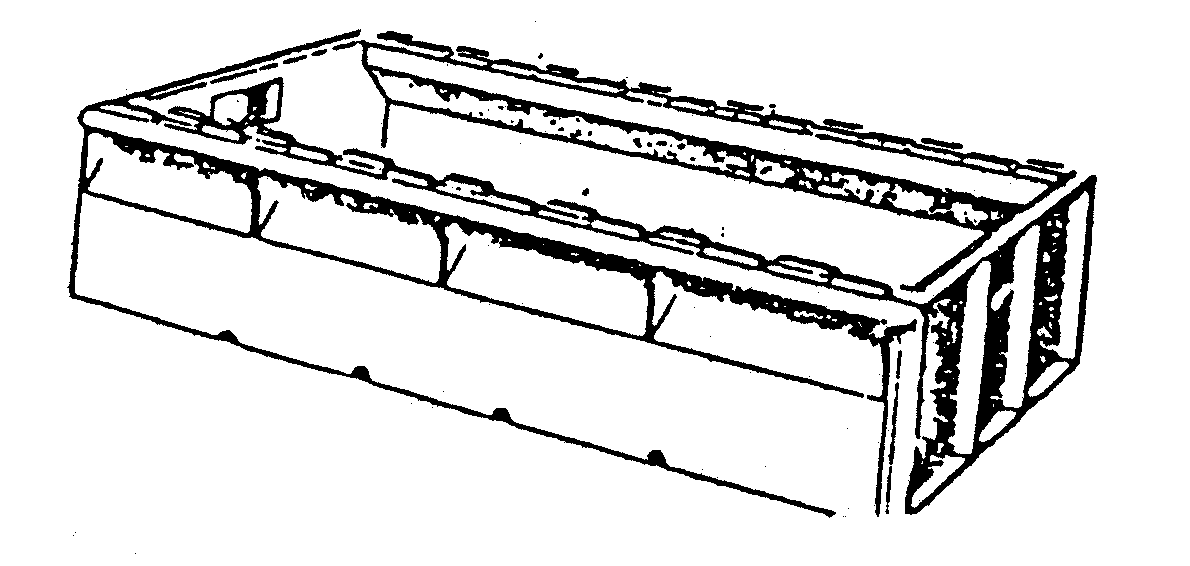
Figure 2 HD-Polyethylene box
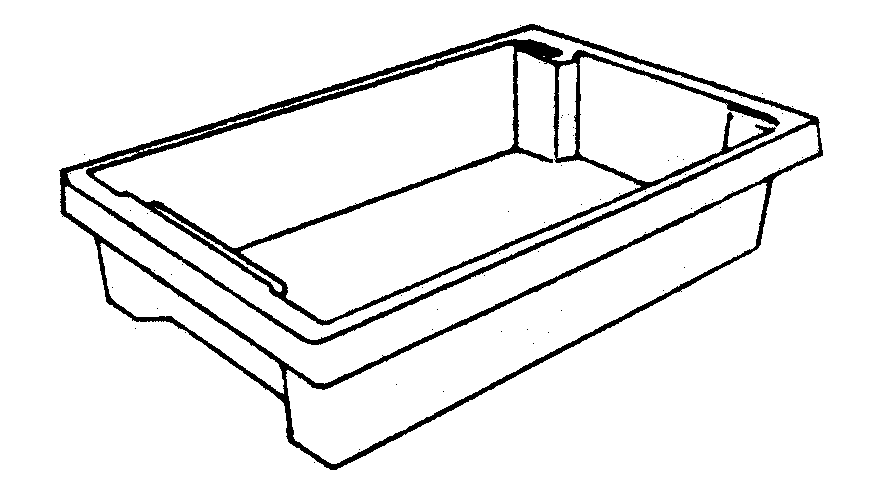
Figure 3 HD-Polyethylene box
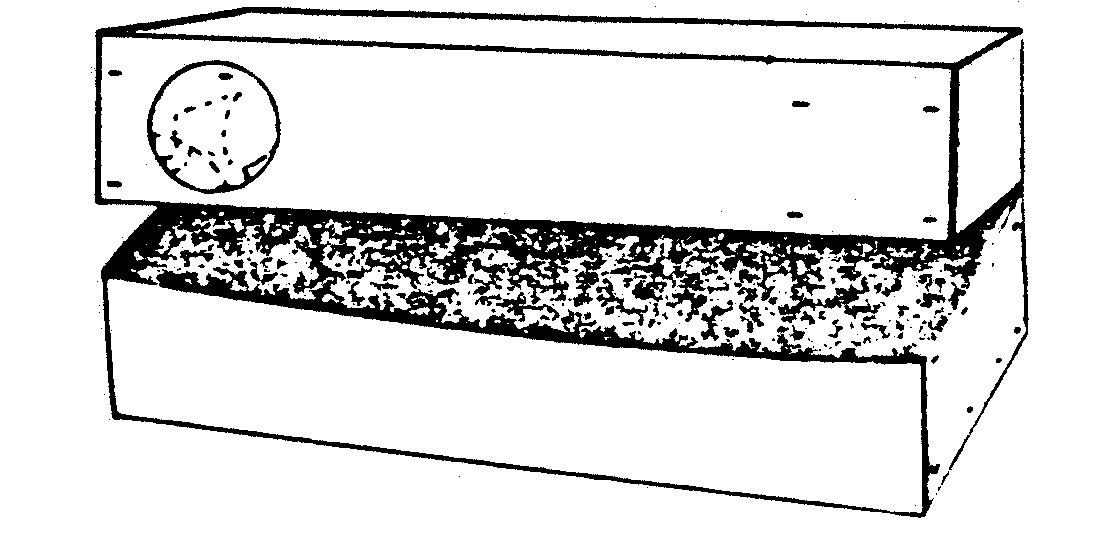
Figure 4 Fibre board box
These are insulated or uninstalled units often tailored to a special purpose or use. Most often they have their application in storage on board vessels and ashore and in transport of fish.
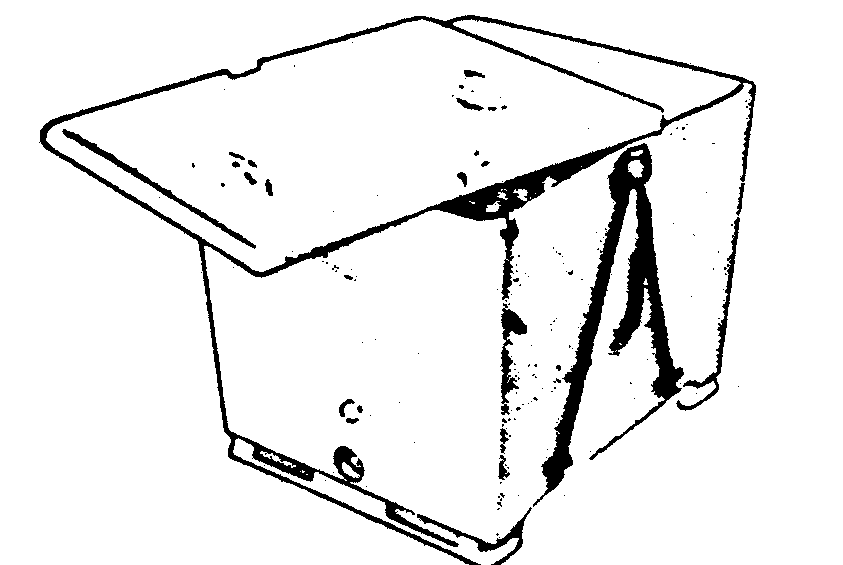
Figure 5 Insulated container
Containers used for transport of fish can take from 5 to 30 t and are mostly used for long distance transport.

The general requirements for all packaging material used for packing of food, fish included, are that the packaging material shall be clean, undamaged and suitable for the purpose.
The physical strength of the material must be so good that the commodity is protected against pressure and shocks in the period the commodity is stored.
Further from a chemical point of view the materials must fulfill the following requirements:
To fulfill these requirements it is important that a set of official rules be formulated and that these rules are enforced by the appropriate authorities.